How to Subtract Mixed Numbers? (+FREE Worksheet!)
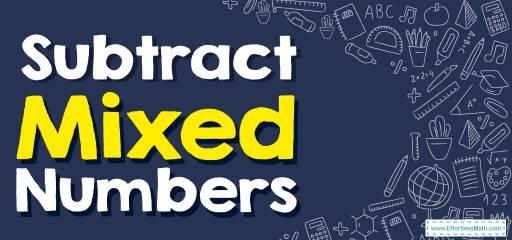
- Step 1: First, subtract the integers part: Subtract the whole number of the second mixed number from the whole number of the first mixed number.
- Step 2: In the next step, subtract the fraction part: Subtract the second fraction from the first one.
- Step 3: Write your answer in the lowest terms.
- Step 1: First, subtract the integers part: Subtract the whole number of the second mixed number from the whole number of the first mixed number.
- Step 2: In the next step, subtract the fraction part: Subtract the second fraction from the first one. Because the denominators are different, subtracting fractions becomes more difficult. you must first find the Least Common Denominator (LCD), and then you can subtract the second fraction from the first fraction.
- Step 3: Write your answer in the lowest terms.
- Step 1: Borrow \(1\) unit from the first integers part and add it to the fraction part, this will turn your fraction into a mixed number.
- Step 2: Convert this new mixture number to a fraction.
- Step 3: Use this result in your subtraction
- Step 4: Write your answer in the lowest terms.
For education statistics and research National Center for Education Statistics.
Subtract Mixed Numbers – Example 1:
Subtract. \( 2 \ \frac{3}{5} \ – \ 1 \ \frac{1}{3} = \)
Solution:
Rewriting our equation with parts separated, \(2 \ + \ \frac{3}{5} \ – \ 1 \ – \ \frac{1}{3}\)
Solving the whole number parts \(2 \ – \ 1=1\), Solving the fraction parts, \(\frac{3}{5} \ – \ \frac{1}{3}=\frac{(3×3) \ – \ (1×5)}{5×3}=\frac {9-5}{15} =\frac{4}{15}\)
Combining the whole and fraction parts, \(1 \ + \ \frac{4}{15}=1 \ \frac{4}{15}\)
The Best Book to Help You Ace Pre-Algebra
Subtract Mixed Numbers – Example 2:
Subtract. \( 5 \ \frac{5}{8} \ – \ 2 \ \frac{1}{4} = \)
Solution:
Rewriting our equation with parts separated, \(5 \ +\ \frac{5}{8} \ – \ 2 \ – \ \frac{1}{4}\)
Solving the whole number parts \(5 \ – \ 2=3\), Solving the fraction parts, \(\frac{5}{8} \ – \ \frac{1}{4}=\frac{5 \ – \ (1 × 2)}{8}=\frac {5-2} {8} =\frac{3}{8}\)
Combining the whole and fraction parts, \(3 \ + \ \frac{3}{8}=3 \ \frac{3}{8}\)
Subtract Mixed Numbers – Example 3:
Subtract . \( 5 \ \frac{2}{3} \ – \ 2 \ \frac{1}{4} = \)
Solution:
Rewriting our equation with parts separated, \(5+\frac{2}{3}–2-\frac{1}{4}\)
Solving the whole number parts \(5-2=3\), Solving the fraction parts,
\(\frac{2}{3}-\frac{1}{4}=\frac{(2 × 4)-(1 × 3)}{3 × 4}= \frac{8-3}{12}\) \(=\)\(\frac{5}{12}\)
Combining the whole and fraction parts, \(3+\frac{5}{12}=3 \ \frac{5}{12}\)
Subtract Mixed Numbers – Example 4:
Subtract. \( 3 \ \frac{4}{5} \ – \ 1 \ \frac{1}{2} = \)
Solution:
Rewriting our equation with parts separated, \(3+\frac{4}{5}-1-\frac{1}{2}\)
Solving the whole number parts \(3-1=2\), Solving the fraction parts, \(\frac{4}{5}-\frac{1}{2}=\frac{(4 × 2)-(1 × 5)}{5× 2}=\frac {8-5} {10}= \frac{3}{10}\)
Combining the whole and fraction parts, \(2+\frac{3}{10}=2 \ \frac{3}{10}\)
Subtract Mixed Numbers – Exercises
Subtract.
- \(\color{blue}{4\frac{1}{2}-3\frac{1}{2}}\)
- \(\color{blue}{3\frac{3}{8}-3\frac{1}{8}}\)
- \(\color{blue}{6\frac{3}{5}-5\frac{1}{5}}\)
- \(\color{blue}{2\frac{1}{3}-1\frac{2}{3}}\)
- \(\color{blue}{6\frac{1}{6}-5\frac{1}{2}}\)
- \(\color{blue}{3\frac{1}{3}-1\frac{1}{3}}\)
Download Adding and Subtracting Mixed Numbers Worksheet
- \(\color{blue}{1}\)
- \(\color{blue}{\frac{1}{4}}\)
- \(\color{blue}{1\frac{2}{5}}\)
- \(\color{blue}{\frac{2}{3}}\)
- \(\color{blue}{\frac{2}{3}}\)
- \(\color{blue}{2}\)
The Greatest Books for Students to Ace the Algebra
Related to This Article
More math articles
- Algebra Puzzle – Challenge 54
- The Math Expedition: How to Use Theoretical Probability to Predict the Unpredictable
- How to Organize Data?
- How to Graph the Sine Function?
- How to Create a GED Math Study Plan?
- How to Multiply Decimals and Whole Numbers?
- 10 Most Common DAT Quantitative Reasoning Math Questions
- Top 10 6th Grade PSSA Math Practice Questions
- Best Math Websites for Students
- The Art of Partitioning a Line Segment!

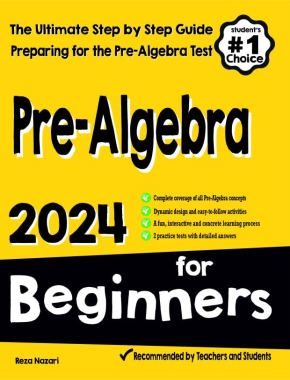
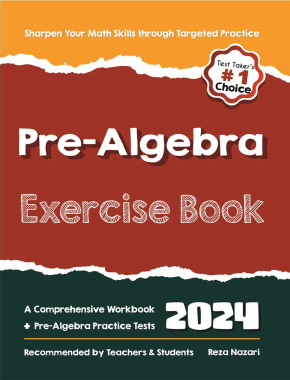
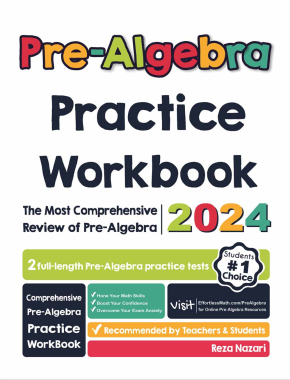
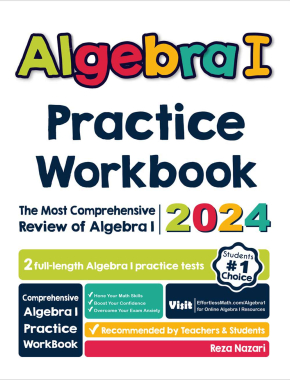
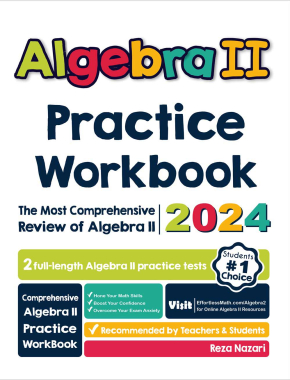
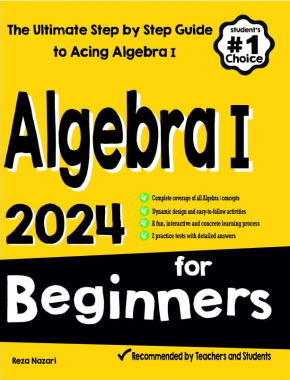
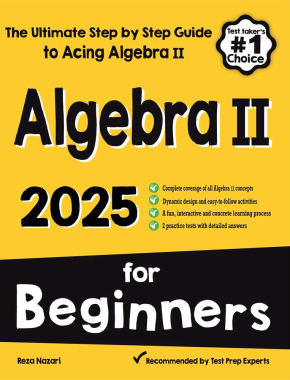


What people say about "How to Subtract Mixed Numbers? (+FREE Worksheet!) - Effortless Math: We Help Students Learn to LOVE Mathematics"?
No one replied yet.